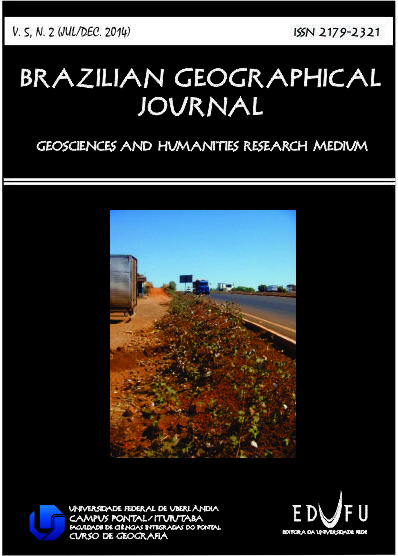Utilizing SEVAP software to estimate the reference evapotranspiration on the Minas Gerais state
Resumo
Reliable estimates of reference evapotranspiration (ET0) are necessary to address different aspects related to the management of water and environmental resources. Due to the complexity of the equations, there is demand of using software to obtain ET0. There are several models for estimating ET0, each designed for different climatic conditions and which require review before being used in the new region. Therefore, this study aimed to test the SEVAP software with their different methodologies for estimate of ET0 in the Minas Gerais state. The methodologies tested were Hargreaves-Samani, Jensen-Haise, Linacre, Makkink and Priestley-Taylor. The meteorological data needed to perform this work were taken from Standard Climatological (1961-1990) of 50 localities of Minas Gerais, provided by the National Institute of Meteorology (Inmet). The method was taken as the standard Penman-Monteith-FAO56 and comparison of results was by the coefficient of determination (r²), the coefficients "a" and "b" of the linear regression equations, standard error of estimate (ESE), Willmott index of agreement (d), the Pearson correlation coefficient (r) and confidence coefficient (c). The SEVAP software showed simplicity in its use and accuracy in the estimate of ET0 in Minas Gerais state. The best methodologies for estimate of the ET0 in Minas Gerais were Pristley-Taylor, Hargreaves-Samani and Linacre. The Hargreaves-Samani method should be preferred and used only when has data of air temperature. The methodologies Jensen-Haise and Makkink should not be used to estimate ET0 in Minas Gerais state.
Downloads
Publicado
Edição
Seção
Licença
All copyrights are reserved to authors. Reproductions of any part of this journal, including the non-commercial use of figures, maps and other illustrations, are allowed provided that the original source of publication be assigned.

